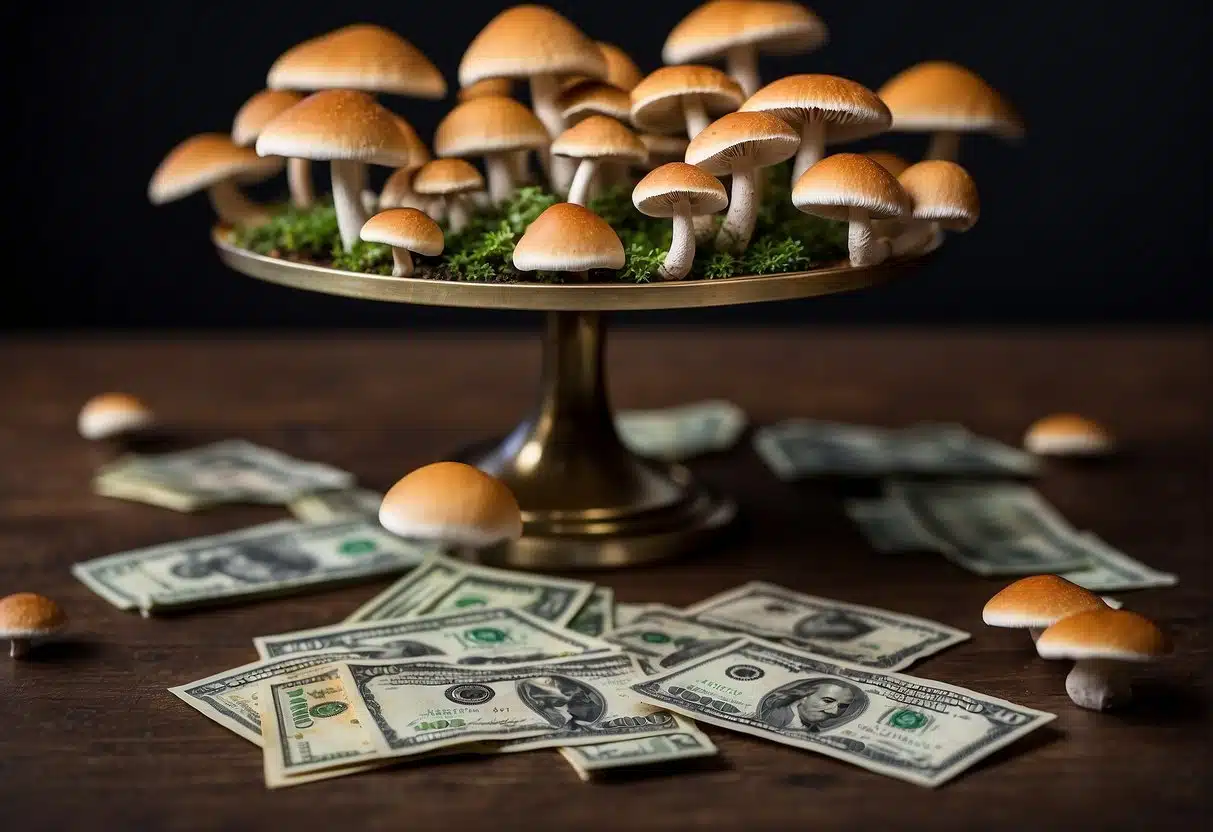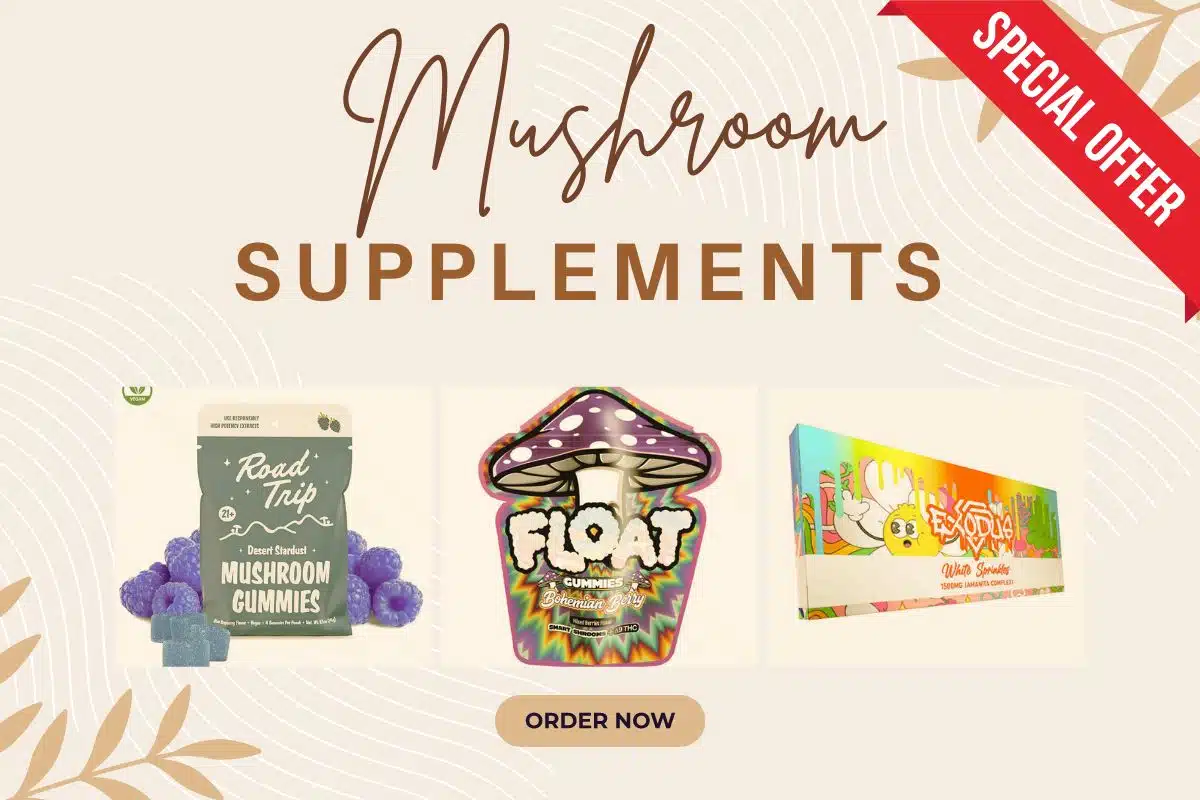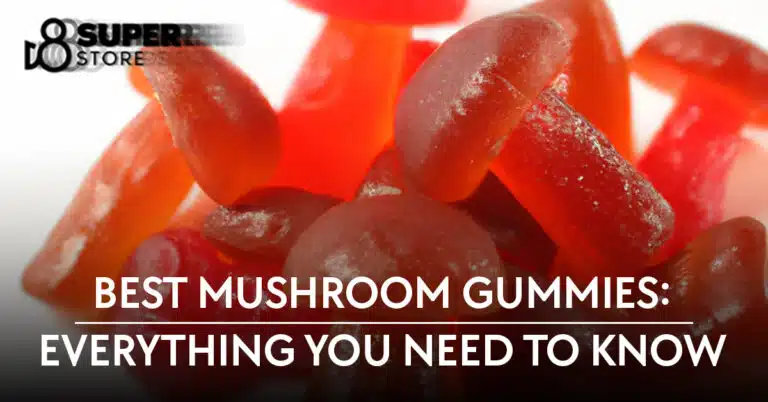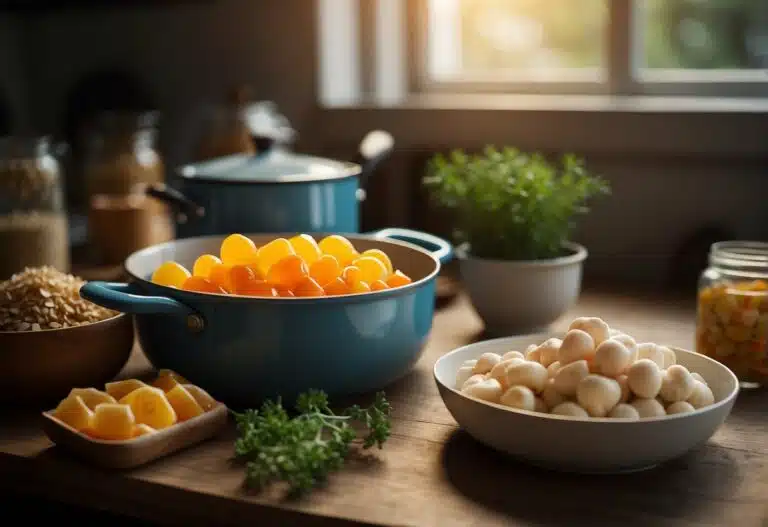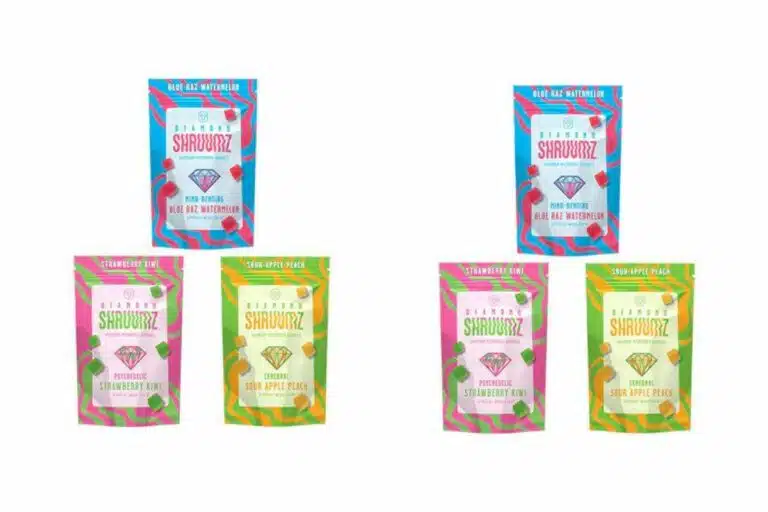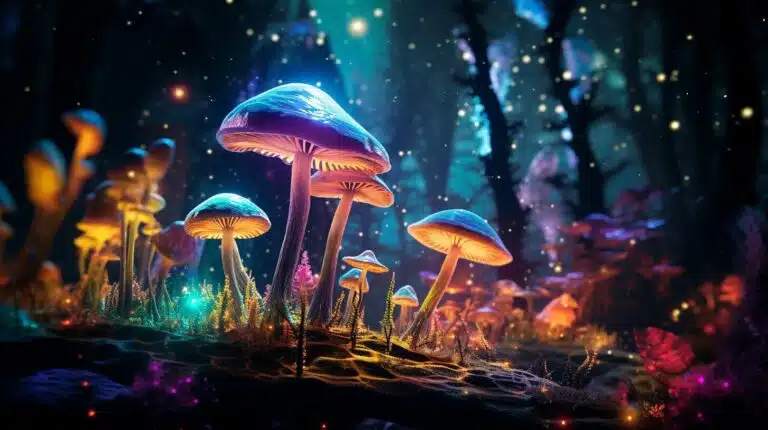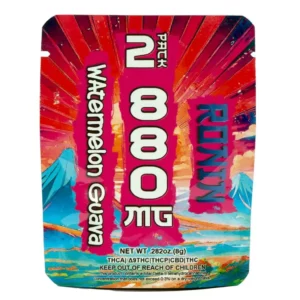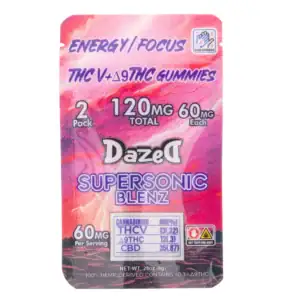How Much Do Shrooms Cost: Factors That Influence Pricing
Fancy a plunge into the world of **mushrooms**? Buckle up, because the price tags on these enchanting spores swing wildly, hinging on a few factors. In some places, where they’re basically given the thumbs up for study, official stores have them in stock. However, if they’re frowned upon by the law, you might end up in some shifty, hush-hush dealings. The **location**, **quality**, how much you want, and the **legalities** in your area can drastically sway the cost. Thinking about diving into the psychedelic scene? Get set: You’re about to surf through a crazy fluctuation of prices. Keep an eye out here if you wanna learn the savviest ways to navigate this landscape and find out why it’s a game-changer for folks eager to explore the mysteries of their mind with mushrooms.
The cost of magic mushrooms can also fluctuate based on the specific species you’re seeking, as some varieties are more rare and sought after than others. For instance, Psilocybe cubensis is one of the most widely known and cultivated types due to its ease of growth and moderate potency, which could impact its market price. Additionally, the form in which you obtain shrooms—whether fresh, dried, or as part of a grow kit—will also influence the price. Dried shrooms tend to be more expensive by weight since the moisture has been removed, resulting in a more concentrated product.
Table of contents
It’s essential to approach the buying process with a clear understanding of these dynamics, given that the purchase and consumption of shrooms carry legal risks in many areas, alongside the potential for personal health risks if not used responsibly. Knowing the average market costs can help you make informed decisions and avoid overpaying for these psychedelic substances.
Understanding Psilocybin Mushrooms
Psilocybin mushrooms, commonly known as magic mushrooms or shrooms, are a group of fungi species known for their psychedelic effects. The primary active compound responsible for these effects is psilocybin, which your body converts into psilocin.
Psilocybe Cubensis
One of the most well-known species is Psilocybe cubensis or P. cubensis. This species is popular due to its relative ease of cultivation and moderate potency.
Varieties and Effects
There are over 200 species of psilocybin mushrooms, each varying in potency and the experience they offer. When you ingest these mushrooms, you may experience altered perception of time and space, vivid visual changes, and deep introspection.
Usage and Legality
Your consumption of psilocybin mushrooms should be approached with caution. The legality of possessing, using, or selling them varies by country and, in some cases, by region within a country.
Please Note: While studies like “Survey study of challenging experiences” have examined the positive and negative impacts of psilocybin mushrooms, it’s crucial for you to be aware that these substances can pose risks. It’s essential to understand your local laws and the potential health implications associated with psychedelic mushrooms.
Average Cost of Shrooms
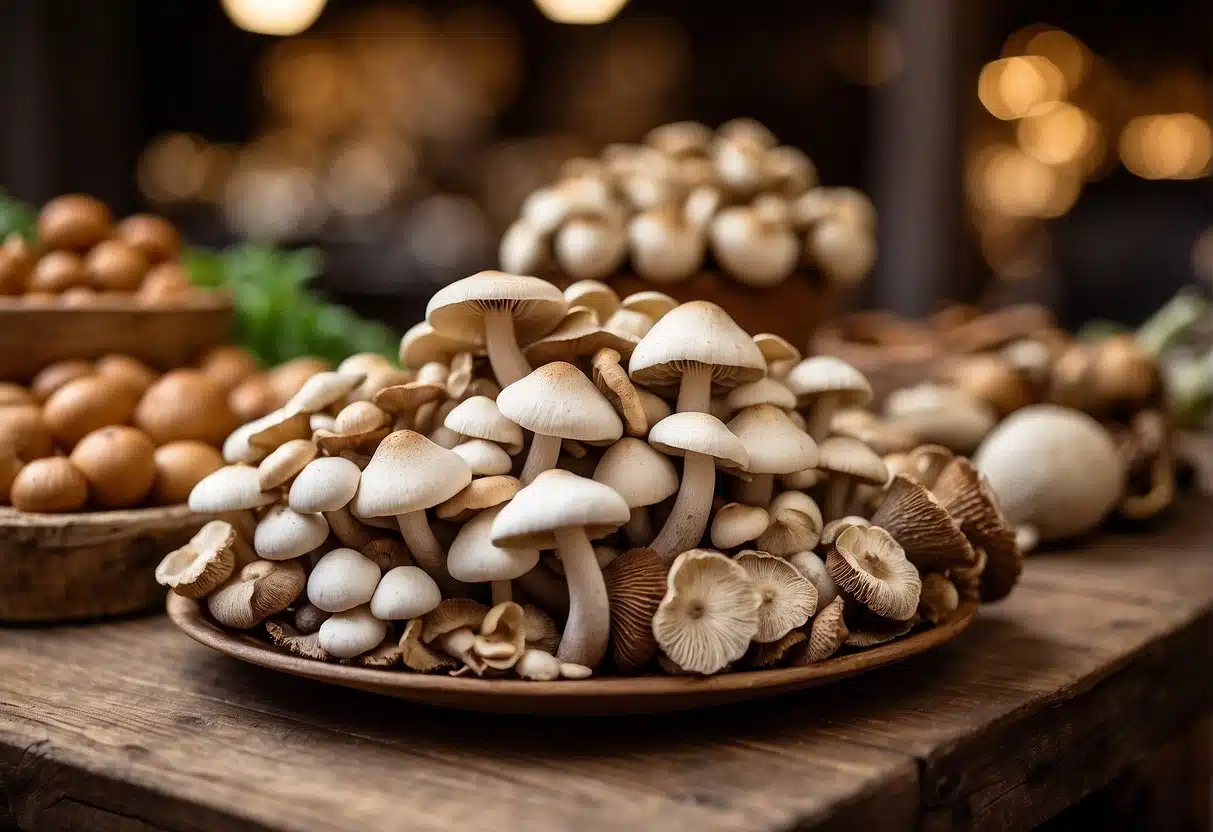
The financial aspect of acquiring shrooms, or psilocybin mushrooms, varies widely based on multiple factors, including your location, the season, and the supply chain of the market. Here’s a simplified breakdown to give you an insight into the cost dynamics.
Cost by Weight
- Gram: Purchasing shrooms in small quantities, such as per gram, is common for personal use. On average, a gram of shrooms can cost between $5 to $10.
- Eighth: An eighth of shrooms (3.5 grams) is typically priced between $20 to $40.
- Quarter Ounce: Moving up the scale, a quarter ounce (7 grams) ranges from $35 to $80.
- Ounce: An ounce of shrooms (28 grams) sees a bulk discount, with prices often falling between $100 to $250.
- Pound: A pound of shrooms (16 ounces) is a significant quantity, often transacted among larger-scale buyers and sellers. The average price can be anywhere from $1,600 to $3,200.
Considerations for Cost Variations
The average price of shrooms can fluctuate based on the quality and rarity of the strain. Furthermore, local laws and the degree of risk involved in distribution play crucial roles in shaping the cost of shrooms. A reasonable price often reflects these undercurrents, alongside the basic supply-and-demand economics.
When budgeting for shrooms, it’s wise to consider these ranges as rough estimates. The actual prices can differ, thus, it’s prudent to research your local market for a more accurate assessment. Remember, the cost also encapsulates the integrity and safety of the product, which should never be compromised.
Factors Influencing the Price
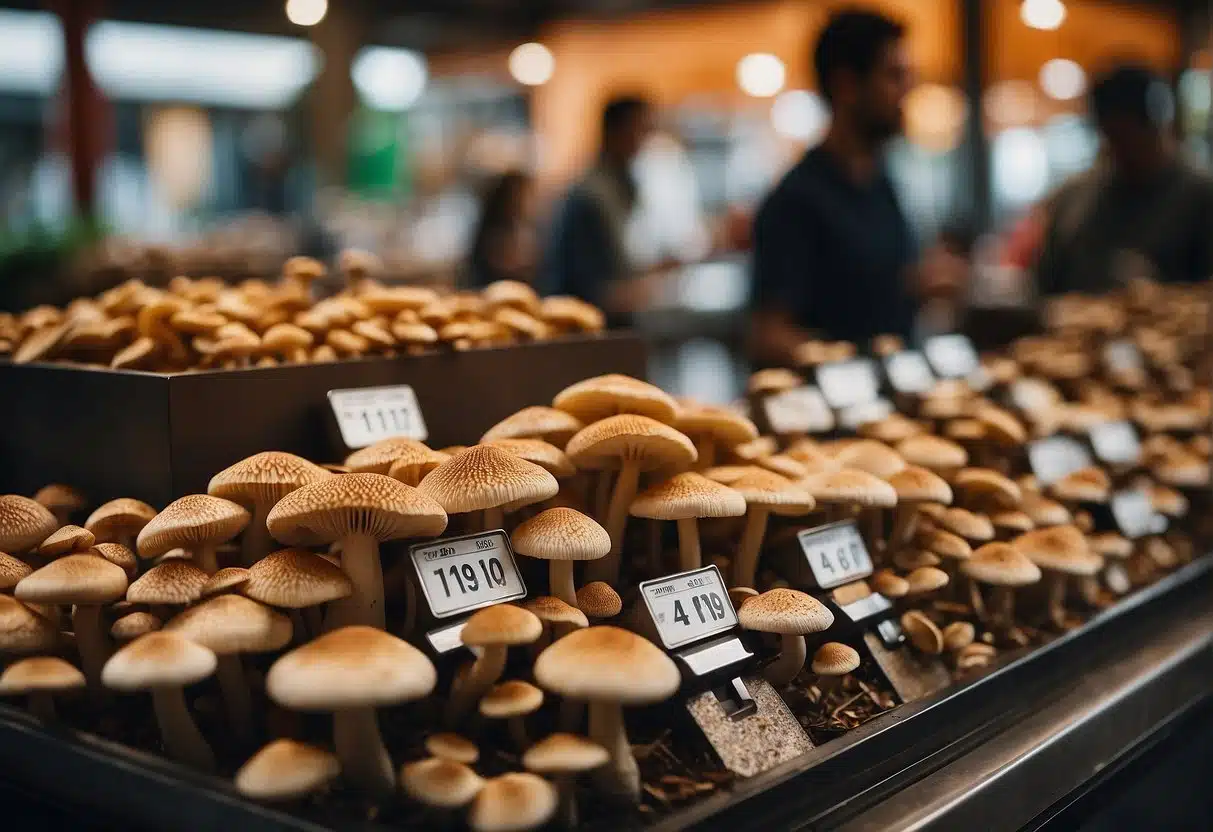
When assessing how much shrooms cost, several key factors come into play. These factors range from the quantity and quality of the product to its legality across different regions. Understanding these variables will help you grasp the pricing landscape for psilocybin mushrooms.
Quantity and Weight
The price of psilocybin mushrooms is often directly proportional to the quantity and weight purchased. Prices typically scale with weight, with larger amounts costing less per gram or ounce. For instance, purchasing a single gram might be relatively more expensive than buying an eighth (3.5 grams) or a quarter (7 grams).
Quality and Potency
Another critical determinant of price is the quality and potency of the mushrooms. Higher quality shrooms, such as the renowned Golden Teacher or Penis Envy strains, demand a premium price due to their potent effects and the meticulous conditions required for their cultivation.
Type of Product
The type of product also impacts price. Psilocybin comes in various forms, including raw mushrooms, tea, chocolates, capsules, gummies, and tinctures. Processed products often carry a higher price tag because of the additional labor and materials needed for production.
Geographical Location
Your geographical location also plays a significant role in pricing. Regions where psilocybin mushrooms are native may have lower prices due to ease of foraging and growing. Conversely, in areas like Canada or Colorado, where local laws and climates vary, prices can fluctuate significantly.
Legal Status and Market
Lastly, the legal status and market — whether it’s a legal dispensary in a decriminalized area like Oregon or an illegal market — will affect price considerably. Legal markets regulate and tax, potentially increasing costs, whereas black market prices can vary wildly depending on the risk associated with possession and distribution according to local laws.
Purchasing and Availability
When you’re considering purchasing shrooms, understanding your options for sources, how prices can change, and the legal landscape is essential for informed decision-making.
Finding a Source
Your options for obtaining shrooms vary widely depending upon geographic location and legal restrictions. Dispensaries in regions where shrooms are decriminalized may offer a controlled, legal means of purchase. In areas without legal access, finding a source may involve the black market, which can include dealers or informal networks. For those with a keen interest in mycology, foraging for mushrooms or purchasing spores to grow your own may be viable alternatives, provided you have the necessary expertise to identify safe and legal varieties.
Price Fluctuations and Trends
The price of shrooms can fluctuate based on various factors such as availability, popularity, and the market dynamics. Costs can vary significantly, with dried mushrooms often sold by the gram. Buying shrooms can be more expensive in areas where they are less available. As with any commodity, increased demand can lead to higher prices, while a saturated market may drive costs down. It’s important to note that prices in informal markets are typically less stable and can vary from one dealer to another.
- Common price range per gram: $5 – $20
- Factors influencing cost: Availability, Quality, Legal Status
Local Laws and Decriminalization
Your local laws play a critical role in the availability and possession of shrooms. In some cities and states, psychedelic mushrooms have been decriminalized, meaning the penalties for possession are significantly reduced. However, this does not necessarily mean they are legal to buy, sell, or grow. Always check the most current regulations in your area, as they can impact where and how you can legally buy shrooms and at what price.
- Decriminalized locations may provide more access through regulated dispensaries.
- Even in decriminalized areas, the sale may remain illegal.
Knowing your sources, how costs can change, and staying informed about local regulations are all key to navigating the complex world of buying shrooms.
Growing vs. Buying
When considering whether to grow mushrooms or purchase them, your decision may hinge on factors like cost, effort, and legalities. Let’s explore the pros and cons of cultivation to help guide your choice.
Pros and Cons of Cultivation
Pros:
- Cost-Effective: Starting with a mushroom cultivation kit, you can potentially save money in the long run compared to purchasing mushrooms at retail prices.
- Control Over Potency and Type: Growing allows you to choose the specific mushroom strains and oversee the growing conditions, which can influence potency.
- Continuous Supply: Once you’ve established your grow, you can potentially cultivate a consistent supply without relying on an external source.
Cons:
- Time-Consuming: Cultivation requires a significant time investment, from setting up your grow space to monitoring the growth process.
- Safety and Legal Risks: Depending on your location, growing certain types of mushrooms, like magic mushrooms, may be illegal. Moreover, incorrect identification can lead to safety risks.
- Variable Success: Not all growers have a “green thumb”— successful cultivation requires specific conditions that may be hard to create and maintain.
Choosing to cultivate mushrooms requires careful consideration of these factors to ensure that it is a satisfactory and legal option for your needs.
Dosage and Consumption Methods
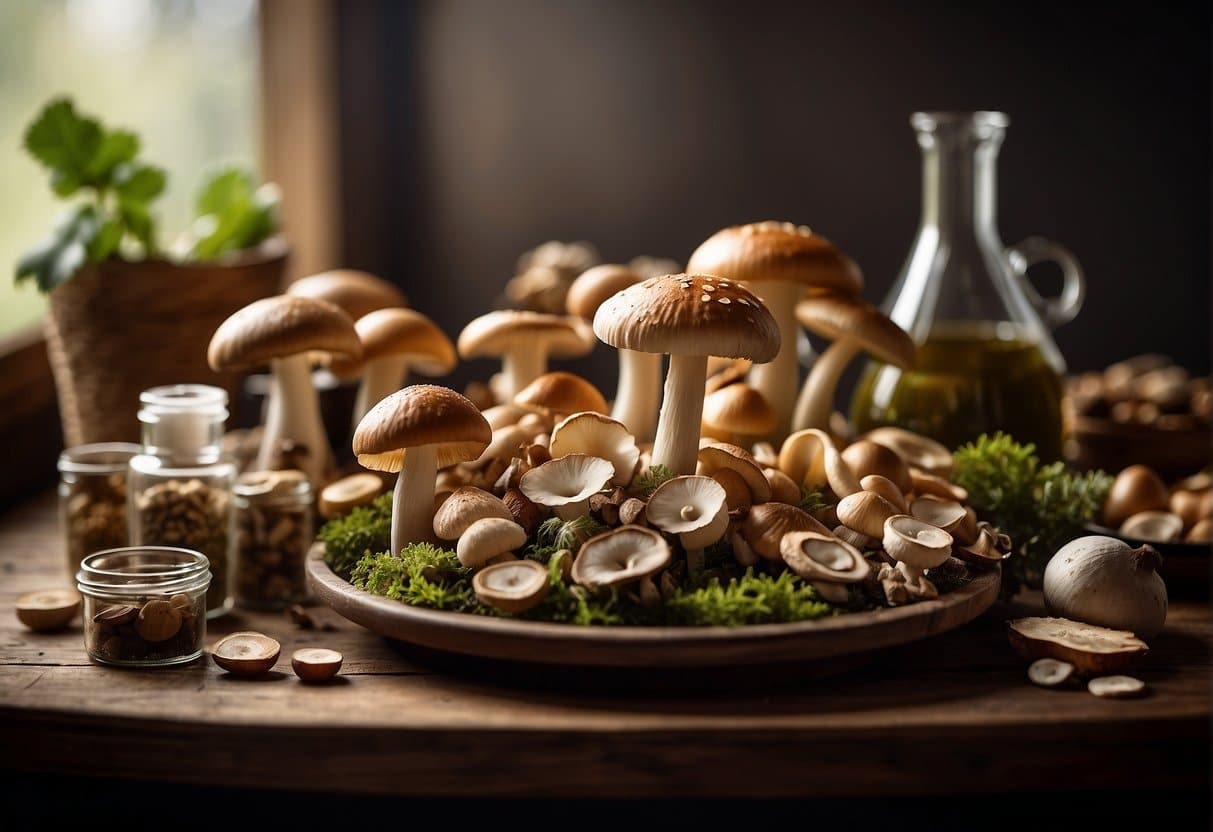
Understanding the right dosage and consumption methods for shrooms can greatly influence your experience. The following information will guide you on the various forms and recommended dosages to help ensure a safe and controlled trip.
Different Forms of Shrooms
Shrooms can be consumed in multiple forms, catering to individual preferences and dosage control.
- Fresh or Dried: Traditional method, often eaten raw or added to food.
- Tea: Steeping ground mushrooms in hot water.
- Chocolates and Gummies: Infused for a more palatable taste.
- Capsules: For precise dosages, often used in microdosing.
- Tinctures: Liquid extracts for a more convenient use.
- Edibles: Baked into foods or snacks.
Each method could potentially impact the onset and duration of the trip.
Recommended Dosages
Dosage is critical in determining the intensity of the psychedelic experience.
- Microdose: 0.1g to 0.5g – Sub-perceptual effects, may improve creativity.
- Low Dose: 0.5g to 2g – Mild effects, suitable for beginners.
- Moderate Dose: 2g to 3.5g (one eighth) – More intense visual and sensory enhancement.
- High Dose: 3.5g and above – Potent effects, full psychedelic experience.
Dosages can vary based on individual tolerance and mushroom potency. When preparing tea, an eighth of a gram is a common starting point, whereas edibles like chocolates and gummies usually contain a microdose to a gram per serving. Capsules and tinctures offer the most controlled dosages, ideal for newcomers or regular users looking for consistency in their experiences. It’s important to start with a lower dose if you’re new to shrooms and gradually increase as you become more familiar with the effects.
Associated Risks and Considerations
When considering the use of magic mushrooms, it’s essential to be aware of the potential mental health implications and the importance of distinguishing between various mushroom varieties. Ensuring your safety involves understanding the risks associated with usage, potency levels, and the potential for poisonous strains.
Mental Health Implications
Magic mushrooms have psychoactive properties that can significantly affect mental health. You should know that their active compound, psilocybin, can lead to profound changes in consciousness, which may uncover or exacerbate underlying mental health issues such as depression, anxiety, or psychosis. While many users report positive experiences, potential adverse effects like intense fear or distress, known as “bad trips,” can occur, particularly with high doses or in unsupportive environments.
- Risks: Temporary disruptions in thought patterns and emotional instability.
- Safety: Pre-existing mental health conditions can heighten susceptibility to negative experiences.
- Addiction: Compared to other substances, the addictive potential is low, but psychological dependency can develop.
- Potency: Varies among species and even within batches, affecting the experience’s intensity.
Distinguishing Between Varieties
Identifying the correct species and strain of magic mushrooms is critical for your safety. Misidentification could lead to ingesting poisonous varieties, which pose significant health risks, including potential organ damage or death. Only certain species contain psilocybin, and potency levels can vary, influencing the strength and duration of the effects.
- Species: There are over 180 psilocybin-containing mushroom species, and each has different levels of active compounds.
- Strain: Within a species, strains can differ in potency and effects.
- Poisonous Mushrooms: Accidental consumption of toxic species can be fatal. Always ensure positive identification before consumption.
Understanding these considerations and risks equips you with the necessary knowledge to make informed decisions regarding the use of magic mushrooms.
Economic and Cultural Impact

Mushrooms, particularly specialty and psychedelic varieties, have complex impacts on both the economy and culture. The following sub-sections will detail how these fungi influence local markets and hold a historical significance that continues to resonate today.
Impact on Local Economies
Specialty cultivated mushrooms (SCMs) contribute to local economies by generating new revenue streams for growers and offering market diversification for dealers. The cost of mushroom production is affected by various factors, including the availability of raw materials, labor, and technology. Growers must navigate the complexities of cultivation, which is influenced by local laws and market demands. For dealers, the popularity of different mushroom types can affect both supply and prices. Moreover, in regions where mushroom foraging is a tradition, local economies benefit from the sale of wild varieties.
Historical and Cultural Significance
Culturally, mushrooms have been significant in various societies for centuries. Whether as a food source or for their psychoactive properties, mushrooms hold a pivotal place in history and modern culture. The cultural use of mushrooms is deeply interwoven with traditional practices and folklore. For instance, in Europe, mushrooms are highly popular non-wood forest products, symbolizing a connection with nature and tradition. The prevalence of psychedelic mushrooms in certain cultures opens discussions about consciousness and spirituality, contributing to their sustained popularity and availability despite varying local laws. Cultural attitudes towards mushrooms continue to shape their market and availability.
Frequently Asked Questions
When exploring the cost of psilocybin mushrooms, you’ll find that various factors influence their price. Understanding these can help you gauge what you might expect to pay for these substances.
What determines the price of psilocybin mushrooms?
The price of psilocybin mushrooms, also known as magic mushrooms, is often affected by their availability, demand, and the costs involved in their cultivation or harvesting. Seasonality can also play a role in price fluctuations, just as it does with many agricultural commodities.
Can the cost of magic mushrooms vary by region or country?
Yes, the cost of magic mushrooms can significantly vary by region or country, reflecting local laws, supply chains, and cultural attitudes toward psychedelics. Places where they grow naturally may have lower prices, whereas regions with strict drug laws might see a marked-up value due to risk factors.
How does the potency of the mushrooms affect the pricing?
Potency can directly impact the pricing of magic mushrooms, as strains with higher psilocybin content may command a higher price. Sellers might charge more for mushrooms that offer a stronger or more sought-after psychedelic experience.
Are there differences in pricing between wild and cultivated shrooms?
There are often pricing differences between wild and cultivated shrooms. Cultivated mushrooms can incur additional costs due to controlled growing conditions and quality assurance, which can increase their market price. In contrast, wild mushrooms, although they may be more difficult to find, might be less expensive if foraged personally.
What is the typical price range for a dose of magic mushrooms?
A single dose of magic mushrooms, generally between 1 to 3.5 grams, can cost anywhere from $10 to $40, depending on the aforementioned factors. Quality, strain, and regional pricing all contribute to this variability.
How do legal issues influence the cost of purchasing psilocybin mushrooms?
Legal issues are one of the most significant factors affecting the cost of psilocybin mushrooms. In regions where they are illegal, the risks associated with cultivation, distribution, and sale often result in higher prices. Conversely, in places with legal tolerance or where decriminalization has occurred, prices may be more stable and lower due to reduced risk.

